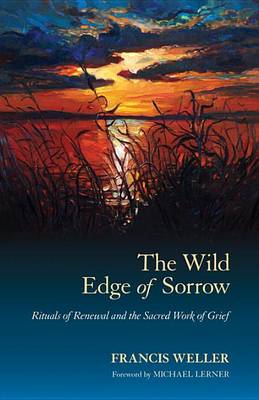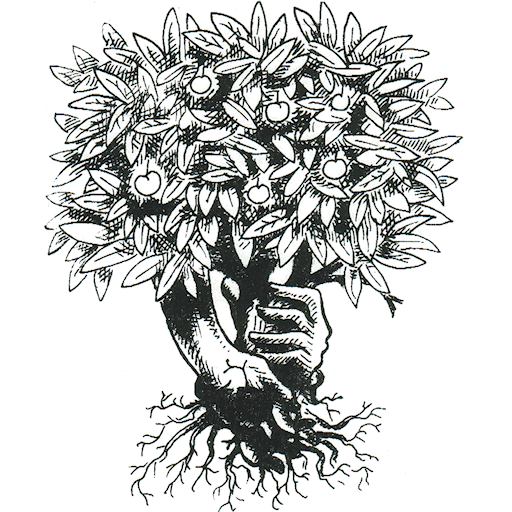Subtitle: Rituals of Renewal and the Sacred Work of Grief
You may have noticed, as I have, a growing number of grief tending workshops, grief rituals and similar events in recent years. What’s your reaction to them? I admit that mine has been a mix of mild interest and some resistance. Francis Weller is one of the leading American teachers in this field, and this book has the conviction of someone who has worked with groups for over 30 years, and has learned from many good sources, including tribal cultures. This book is not an easy read, because it digs into feelings that many of us bury, but it’s a very worthwhile one. Weller believes that most of us carry a lot more grief, and from a wider range of sources, than we let ourselves acknowledge, and I agree with him. This book is written with a lot of care and respect for the grief we all carry, and it is an excellent guide to this difficult territory.

This book offers a useful map of five gates of grief. The first is familiar: Everything we love, we will lose. The second is probably less familiar: The places that have not known love. This means the feelings and parts of ourselves that we have shut down and pushed away: the places associated with shame, trauma, and what he calls soul loss.
The third gate is the sorrows of the world. This is probably familiar to most of us, but he helpfully explains why this grief is so powerful in our times. He quotes the psychiatrist R. D. Laing describing us all as “Stone Age children”. Weller goes on: Our entire psychic, physical, emotional, and spiritual makeup was shaped in the long evolutionary sweep of our species. Our inheritance includes an intimate and permeable exchange with the wild world. It is what our minds and bodies expect.”
Weller’s fourth gate of grief is an intriguing one: What we expected and did not receive. This includes our ‘longing to belong’: he beautifully describes visiting Malidoma Somé’s village in Burkina Faso. He writes: “Every night near dusk, people would gather in the common area and share their day…. Children were there as well, weaving in and out of conversations, playing until they lay down and drifted into sleep…. Imagine how profoundly that would impact us, if we knew that we were welcome in any home and to find sustenance at any fire.” This gate is also about our hopes of fulfilling our gifts and potential, and being recognised for them, and our desire for a sense of oneness with all life, not just human. We need to recognise how far from this most modern life has moved.
The fifth gate is ancestral grief: I share his view that most of us carry unresolved traumas of many kinds from the generations before us, who rarely had the time and skills to resolve them. This is an extra weight that many of us carry, but at least recognising it is a first step to discharging it.
Weller regards ritual as a vital element in processing grief: he gives good examples of how this was used in different ways in tribal societies, and how we can use it in our modern times. He sees the crucial dynamics in ritual as being to provide both containment and release, and ‘making the repressed visible’.
If grief was a country, you could say that this book is an excellent guide to its heartlands, to what they contain, and how to access them. But even with a good guide like this, I feel it needs a lot of strength and courage to journey into these heartlands. In some of my groups, I explore the frontiers of this terrain, using processes like The Work that Reconnects, which provides a contained way to start feeling our grief, rather than a complete plunge into the depths. If this topic interests you, this book gives you an excellent sense of different ways to start your journey, and what that journey may entail.
